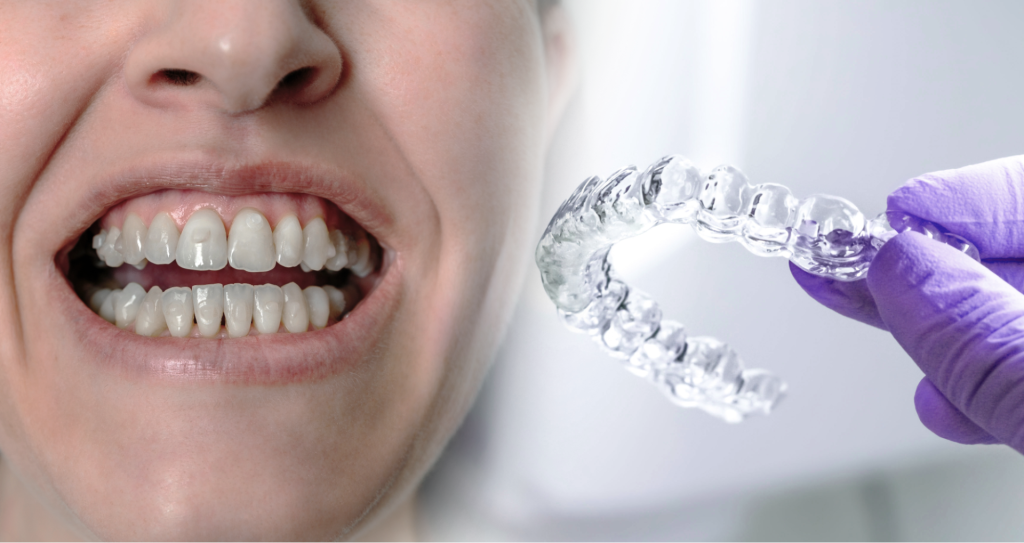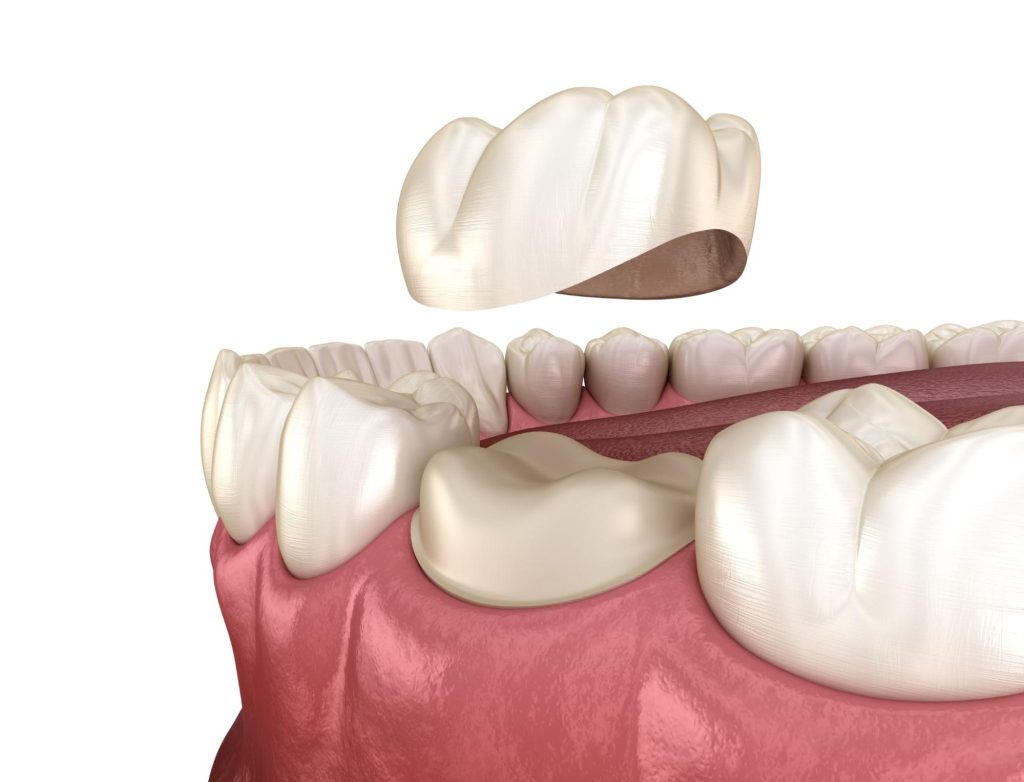Gum disease, also called periodontal disease, is an infection of the tissues and bones that support your teeth. Periodontal disease is characterised by red, swollen, and bleeding gums. It is often painless, so you may not know you have it.
Typical causes of gum disease include poor brushing and flossing habits that allow plaque, a sticky film of food debris, bacteria, and saliva, to build upon teeth and harden. If a dentist doesn’t remove plaque, it turns into calculus (tartar) and begins to destroy the gums and bone. If left untreated, periodontal diseases can lead to tooth loss and even more serious problems like heart disease. This blog post will discuss the symptoms, causes, diagnosis, and treatment of gum disease.
Symptoms of Gum Disease
The symptoms of gum disease are as follows:
- Red, Swollen Gums: The gums may be red, swollen, and bleed when you brush your teeth. Bleeding gums are a sign that you should see a dentist as soon as possible.
- Bad Breath: Gum disease can cause bad breath (halitosis).
- Smaller Gums: The gums may pull away from the teeth, making the teeth look longer than usual.
- Sensitive Teeth: The teeth may become sensitive to food and drinks like ice cream or coffee.
- Wiggly or Shifting Teeth: The teeth may become loose or even fall out. Loose teeth are a sign of severe gum disease.
Causes of Gum Disease
Gum disease causes include:
- Plaque Buildup: Plaque is the leading cause of gum disease. Plaque is a sticky film of food debris, bacteria, and saliva.
- Smoking and Chewing Tobacco: Smoking or using other tobacco products can increase the risk of gum disease.
- Hormonal Shifts for Females: Pregnant women or women taking birth control pills may be more likely to develop gum disease.
- Prescription Medications: Certain medications can decrease the amount of saliva in the mouth, leading to plaque buildup.
- Nutritional Deficiencies: Vitamin C and other nutrients are important for the health of the gums. A lack of these nutrients can lead to gum disease.
- Crooked Teeth: Crooked teeth are more difficult to clean and are more likely to develop gum disease.
- Family History: If you have a family member with gum disease, you are more likely to develop it yourself.
Diagnosis of Gum Disease
Diagnosis of gum disease is relatively straightforward.
- Review Your Medical History: The dentist or periodontist will ask about your medical history and medications.
- Examine Your Mouth: The doctor will look for signs of gum disease, such as redness, swelling, or bleeding.
- Measure the Pocket Depth: A small instrument called a periodontal probe is used to measure the depth of any pockets around the teeth.
- Take Dental X-rays: Your dentist may take X-rays to check for bone loss around the teeth.
Treatment of Gum Disease
How is gum disease treated? Gum disease treatment depends partly on the severity of the disease.
Non-Surgical Treatments
In its early stages, dentists tend to treat gum disease with non-surgical methods, including:
- Scaling: Scaling is a procedure that removes plaque and tartar from the teeth and roots. While some patients find scaling uncomfortable, most don’t consider it painful. If you experience pain during scaling, the dentist can use a local anaesthetic to numb the area.
- Root Planing: Root planing smoothes the root surfaces to remove bacteria and toxins. It is often done along with scaling. Like scaling, root planing can be uncomfortable but is usually not painful.
- Antibiotics: If the gum disease is severe, your dentist may prescribe antibiotics to help kill the bacteria.
Surgical Treatments
The most common surgical options to treat gum disease are:
- Flap Surgery (Pocket Reduction Surgery): The dentist will make minor cuts in the gum tissue to lift it away from the teeth and then clean the tooth and roots. Finally, your dentist will stitch the gum tissue back into place.
- Soft Tissue Grafts: A soft tissue graft can replace gum tissue that has been lost to periodontal disease. The dentist will take a small piece of skin from the roof of your mouth or another area and attach it to the gums around the affected tooth.
- Bone Grafting: Bone grafting is a procedure that replaces the bone that has been lost to periodontal disease. Your dentist will take a small amount of bone from another area of the mouth or body and transplant it to the affected area.
- Guided Tissue Regeneration: Guided tissue regeneration is a procedure that helps the gum tissue to regrow. The dentist will place a small piece of mesh over the area of bone loss. This will help keep the gum tissue in place while it heals.
- Tissue-Stimulating Proteins: Tissue-stimulating proteins are a new treatment for gum disease. The dentist will apply these proteins to the area of bone loss, helping to stimulate the growth of new bone and gum tissue.
Healthy Gums, Healthy Teeth
Gum disease causes the gums to pull away from the teeth and is more common in people over the age of 40 but can occur at any age. There are several risk factors for gum disease, such as smoking, poor oral hygiene, and certain medications.
It’s generally possible to prevent gum disease with good oral health.
However, if left untreated, gum disease can progress to bone loss and tooth loss. Gum disease treatment is very effective, especially in the early stages.
If you have symptoms of gum disease (for example, swollen or bleeding gums), book a check-up today. Early diagnosis and treatment can help prevent the progression of the disease.



